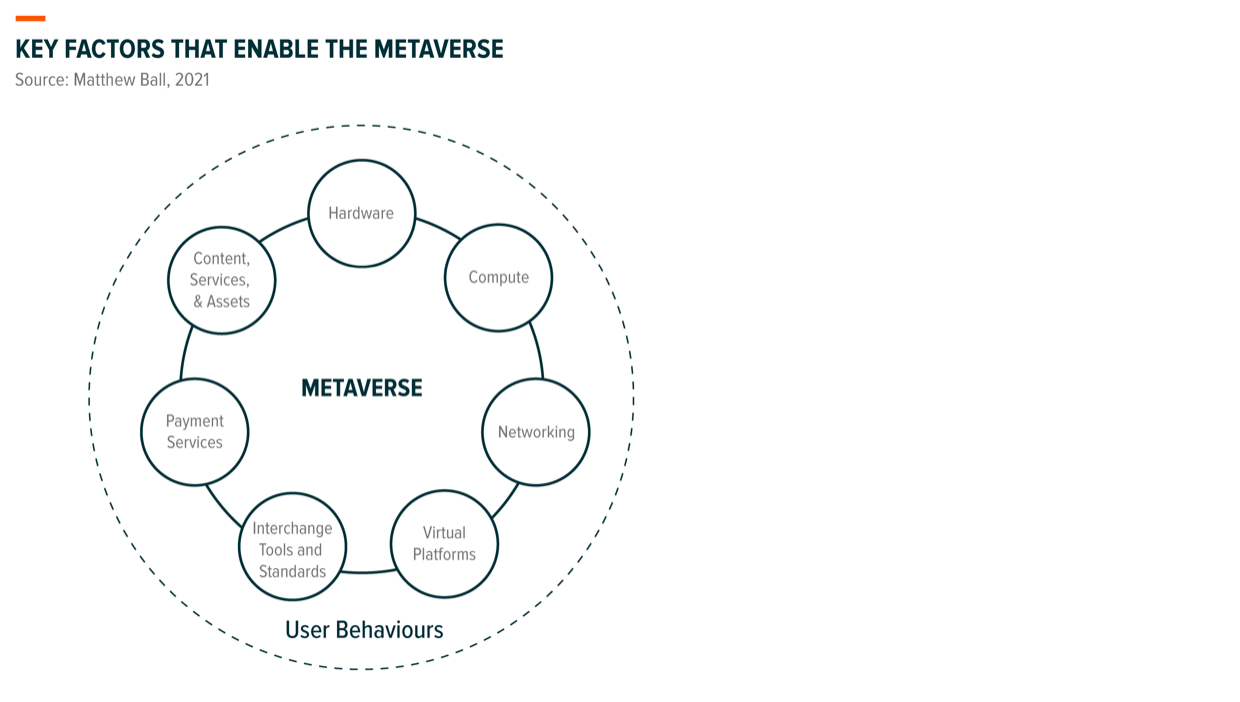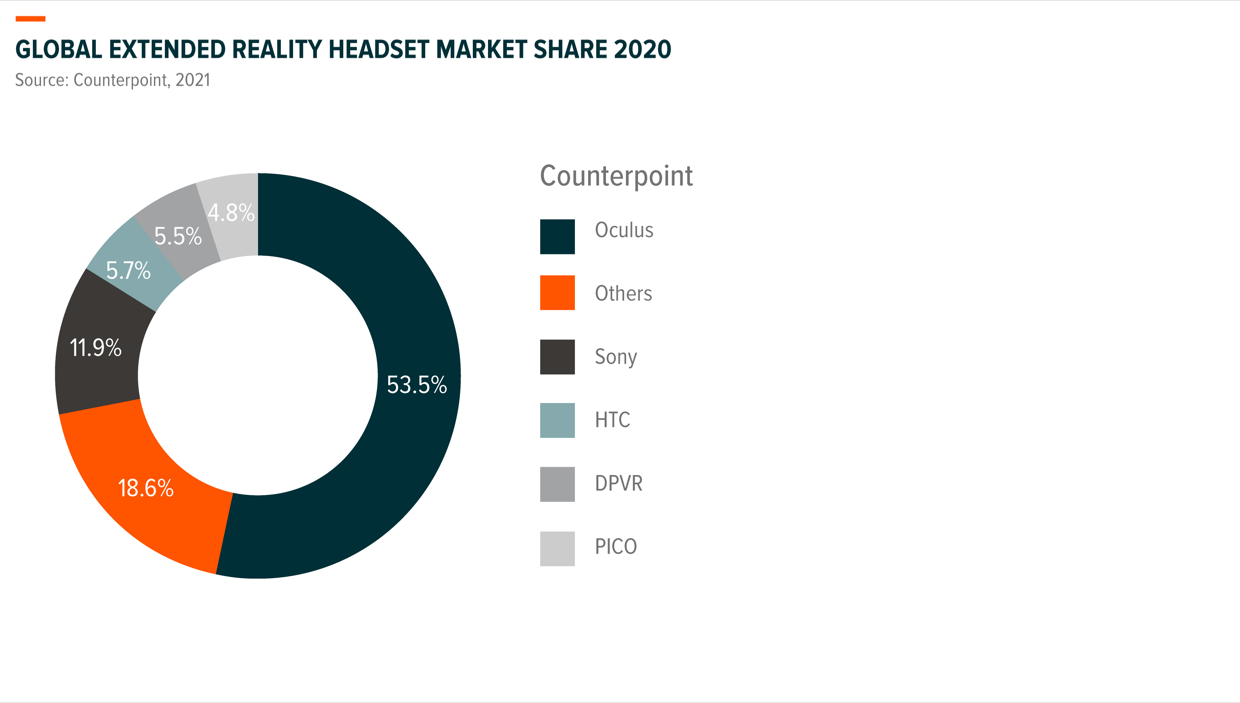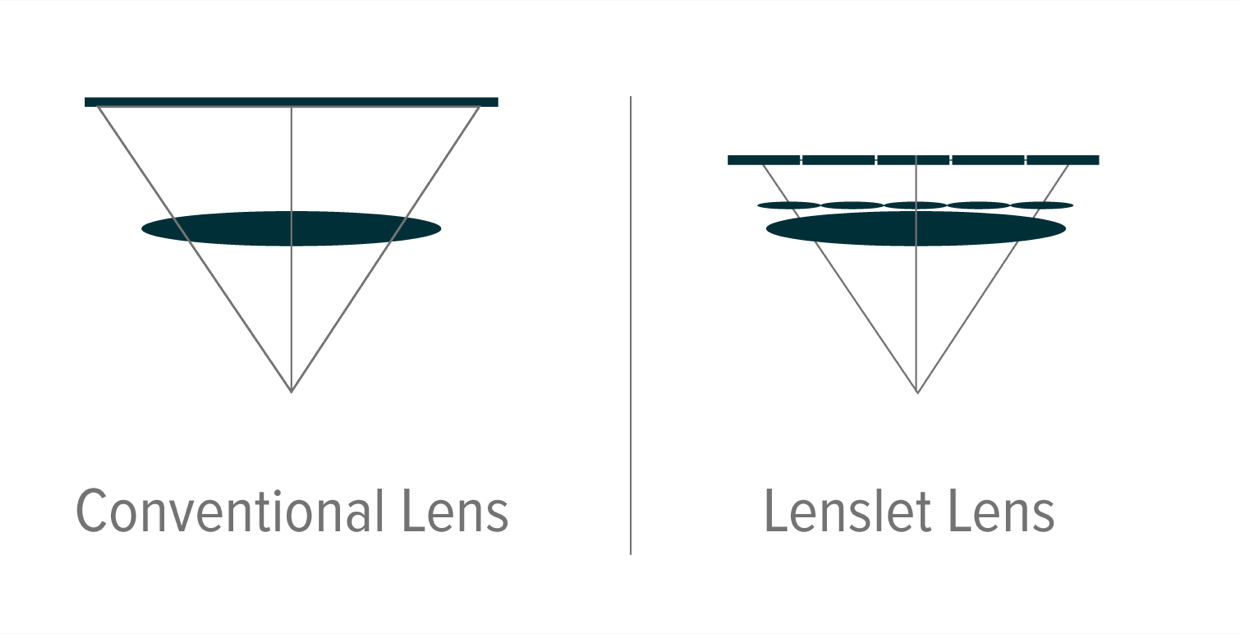Metaverse: The New Frontier
From the first personal computer to the latest smartphone, we have been interacting with devices with two-dimensional displays. Display technology has evolved to enable thin, high resolution and colourful screens of all sizes, with incremental improvements in digital technology difficult to detect to the human eye.
Yet the real world is three-dimensional (3D) containing companies that build tools, content and games in 3D space. It is only a matter of time before a 3D interface becomes mainstream.
In this article we explore the vision around two important questions: what will this virtual 3D world look like, and what is the optimal hardware design for the interface to this world?
The Internet’s Successor
The term “metaverse” first appeared in Neal Stephenson’s 1992 novel “Snow Crash” as a shared, virtual 3D world accessible through terminals. In our (alternate) reality, it’s a world that has evolved from the internet, beyond a single game, company, application, or operating system. In a broader sense, it is a universe that is interconnected and spans social presence, work and entertainment, which appears to be straight out of a science fiction novel.
Individuals will be able to do almost everything in the metaverse from video conferences to shopping. Many companies will likely contribute to building out the metaverse, in a similar fashion to how the internet has evolved. The development of several metaverse-specific technology is required in order for the metaverse to work. For example, i.) interchange tools and standards to lay the foundation for building software, ii.) affordable, well-designed hardware to access the metaverse, and iii.) computing power to support the metaverse.
Tech companies are already working on the underlying technology that will enable the metaverse to evolve. Nvidia Omniverse is an open platform that allows virtual collaboration and accurate simulation. Users are able to connect design tools, assets and projects in a shared virtual space. Facebook has launched a public beta for Horizon, an expandable virtual word on its Oculus virtual reality (VR) platform, where users can participate in building the virtual environment. And with that, cryptocurrency built on blockchain technology can also be a potential currency solution for the metaverse.

Virtual Reality, Augmented Reality, and More
We are still in the early stages of interface design, which plays a critical part in the aesthetic experience of a digital interface. In our view, progress in the hardware aspect, which includes semiconductors, optical and wireless broadband technologies will enable companies to create more affordable, appealing designs. Interface design can be broadly categorised into intrusive and non-intrusive devices. Intrusive solutions such as Neuralink can be another interface in the long run. The mainstream non-intrusive designs include augmented reality (AR) and VR headsets or goggles.
VR is considered the most mature interface among current hardware designs, with Facebook and Sony the leading the supply of VR headsets. We see significant performance improvement in every generation from major VR providers, as companies continue to develop key technologies to turn VR into a mass-market product. As companies race to prepare us for the new era of the metaverse, we’ll be watching closely for developments within this space that will open up new frontiers.

| Component | Development |
| Chip | The industry has moved away from wired headsets with separate computing platforms (mainly PC) to integrated devices. On-device computing requirement is demanding to support the high-resolution graphics, connectivity requirement, multiple camera input and more. Both Facebook Oculus and HTC Vive adopt the Qualcomm Snapdragon XR2 platform. |
| Optical Component | Fresnel lenses are used in most of the current VR headset designs. These can be considered as a collection of fine prism pieces arranged on a plane. Conventional design results in thicker headsets due to the minimum distance required. A potential alternative is the pancake lens system—light bounces back and forth between the curved surfaces with polarisation-dependent coating, requiring a shorter physical distance between the components. |
| Display | Organic light emitting diodes (OLED) displays are widely adopted in VR headsets. Micro light emitting diode (LED) could be a potential display solution for VR headsets in the future. |
| Others | Cameras installed on the device are used to track user position and movement. Cameras are also used to track eyeball movement, facial expressions in order to make appropriate display adjustments and represent expression on a digital avatar. |

